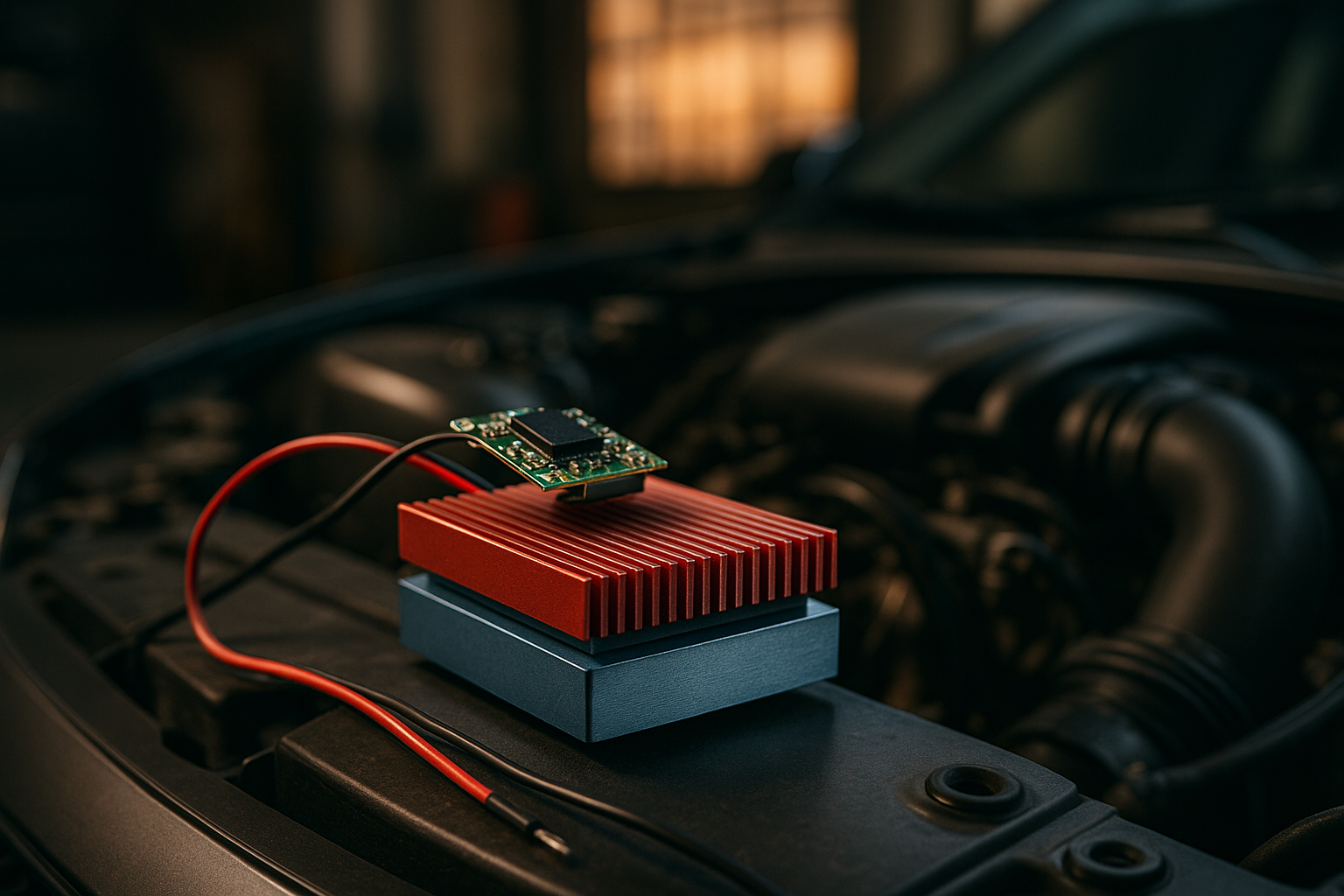Monitoring approaches for real-time oxygen and flow management
Effective real-time monitoring of oxygen transfer and flow rates is central to stable biological treatment. Operators can use sensor networks, diagnostic tools, and control strategies to match aeration to process dynamics, improving oxygenation, reducing energy use, and supporting compliance with discharge limits. This article outlines practical monitoring approaches and considerations for system optimization.

Monitoring approaches for real-time oxygen and flow management
Aeration and oxygenation dynamics
Understanding aeration and oxygenation dynamics requires continuous data on dissolved oxygen (DO) and flow variations. DO sensors placed at representative locations provide feedback on how biological demand changes through the day and across load cycles. Combining probe readings with flow measurements allows calculation of oxygen mass transfer versus biological oxygen demand. This supports more precise blower modulation and avoids over-aeration. Tracking dynamics also reveals transient events—diurnal peaks, storm inflows, or influent composition shifts—that influence aeration requirements and downstream process stability.
Real-time monitoring and diagnostics
A robust monitoring strategy uses redundant DO probes, flow meters, and online chemical indicators to provide real-time diagnostics. Self-cleaning or regularly maintained sensor housings improve data reliability, while trending software and alarms flag sensor drift or fouling. Diagnostics include automated checks for sensor health, cross-checks between flow and blower output, and analytics that detect anomalies indicative of leaks, blockages, or control faults. Reliable monitoring data are essential for informed decision-making on energy and maintenance priorities, and for documenting compliance with permits.
Controls, automation, and optimization
Modern controls integrate DO and flow signals to modulate blowers and valves for optimized oxygen delivery. Proportional-integral-derivative (PID) loops, cascade control, and model-predictive approaches can reduce oscillations and improve setpoint adherence. Closed-loop control reduces manual intervention and enables setpoint scheduling tied to predicted loads. Optimization routines should consider oxygen transfer efficiency, blower turndown limits, and the dynamics of the aeration basin to avoid short-cycling. Well-designed controls also simplify retrofit work by interfacing with existing supervisory systems and allowing staged improvements.
Energy, efficiency, and emissions
Blower energy consumption is a major operating cost in aeration-focused plants; monitoring enables energy-aware decisions. Real-time oxygen and flow data permit blowers to run closer to required output, limiting wasted energy from over-aeration. Efficiency metrics such as kWh/kg O2 transferred can be calculated and trended, guiding maintenance and process changes. Controlling blowers to match demand also reduces lifecycle emissions related to electricity use. Where applicable, sequencing blowers and using variable-speed drives help maintain efficiency across a wide range of flows.
Installation, retrofit, and maintenance
Sensor placement, wiring, and access matter for effective monitoring. During installation or retrofit, prioritize locations that capture representative DO and flow conditions and facilitate sensor maintenance. Retrofit projects should assess compatibility of new controls with existing blowers and consider adding diagnostics for blower vibration or inlet conditions. A preventative maintenance plan informed by monitoring—regular calibration, sensor cleaning, and blower inspections—improves reliability and extends equipment lifecycle while limiting unplanned downtime that can compromise compliance or process stability.
Noise, reliability, and lifecycle considerations
Operational noise and mechanical wear can signal inefficiencies or failing components; monitoring systems that include vibration and acoustic diagnostics provide early warnings. Reliability-focused monitoring tracks blower hours, starts/stops, and load cycles to inform lifecycle planning and replacement timing. Balancing noise mitigation, efficient operation, and scheduled replacements supports both community acceptance and long-term sustainability. Integrating reliability data with process monitoring enables holistic decisions about repairs, upgrades, or targeted retrofits to improve overall plant performance.
Conclusion
Real-time monitoring of oxygen and flow combines sensors, controls, and diagnostics to align aeration with biological demand, enhance efficiency, and support compliance. Thoughtful installation, ongoing maintenance, and data-driven control strategies reduce energy use, limit emissions, and improve reliability across the equipment lifecycle. Continuous evaluation of monitoring outcomes helps utilities plan retrofits, optimize operations, and respond to process dynamics with minimal disruption.






